Highlights:
- 4 different countries with its landscapes, culture, cuisine and 4 different capitals
- visiting the most popular places like: 5 places from UNESCO World Heritage List, castle one the water, Hitler’s Head Quarter during World War II, Hills of Crosses)
- discovering wild and well preserved nature (3 National Parks, 2 Landscape Parks)
- Diversity of the landscapes (Great Masurian Lakes, postglacial relief, sea coast, river canyon, large areas of marsh, erratic fields)
- Each day of the activity (1 day of Kayaking, 1 day cycling and 3 day of walking) have place in another scenery
- contacts with the local population still cultivates old traditions
Introduction
The strongest point of the program is its diversity. Almost each day brings a change of the place, landscape, activity and every third day we welcome new country. We start in Poland, where we see Warsaw and take a tour through the north-eastern part of the country. Masuria and Suwalki Region are the Green Lung of the Poland. There are forests, meadows, wild rivers and large lakes dominating in the landscape. What is more, this is also area with strong local traditions, many cultural monuments and turbulent history.
Later we go to the Baltic States. The term Baltic States refers to the Baltic territories which gained independence from the Russian Empire in the wake of World War I: primarily the contiguous trio of Estonia, Latvia, Lithuania (from north to south). The territory of Baltic States covers 175000 km2, with population 6,9 mln. Baltic states own many similarities like geography and nature, culture, history and politician. Baltic States terrains was formed in the Ice Age. As northern Poland it is mostly lowland, with many moraine hills, thousands lakes, glacial erratics, wild rivers and wetlands. Along seaside there are many beautiful sandy beaches where we can find baltic amber. The Shoreline is varied with islands, spits, peninsulas, bays. People of Baltic States don’t belong to Slavic Nations, which dominate in Eastern Europe. They speak also other language than Slavic People. In Lithuania and Latvia language is similar to slavic languages. But in Estonia it is completely different, and belongs to the same group of languages as finnish and hungarian. Baltic States have regained independence on 1991. Before they were a part of Poland, Sweden, Germany and Teutonic Order, and finally of Soviet Union. After disintegration of Soviet Union Baltic States as only didn’t join Commonwealth of Independent States, but they have chosen partnership with European Union and have joined to the EU on 2004.
Day by day:
D1: Warsaw
Arrival in Warsaw. Time for exploring the city: Warsaw was destroyed in 90% during the war. The Old Town was reconstructed with a great effort. In the city there are a lot of parks where you can have a walk. Although Warsaw does not have the charm of Gdansk or Cracow, without any doubt you will appreciate this city – fully developed capital, reflection of dynamics of contemporary Poland. Night in a hotel
D2: Warsaw; transfer to the Grat Masurian Lake District
Morning in Warsaw. After lunch transfer to the heart of Masuria, to the Great Masurian Lake District, accommodation for 2 nights
D3: Canoeing on the Krutynia River
Our first day of activity we spend kayaking on Krutynia River. After being informed about the security rules, we start our escapade by the river. The river does not present any difficulty, the current is calm. Krutynia Water Trial belongs to the most beautiful in Central Europe. River goes from one lake to another, meanders through the forest, meadows, bogs, fields and villages.
D4: Largest polish lake and Hitler’s Head Quarter
Morning we have a cruise on the largest polish lake: Śniardwy (about 1h20min). This lake is a veritable interior sea. Free time to enyoying the city of Mikolajki, main tourist destination on Masuria. After, we visit “The Wolf’s Lair”, Hitler’s HQ during the war. At this place there are 80 different buildings, 50 bunkers in it. It was a real little town with a power-station, railway track, airport, casino and cinema. Afternoon we will be transferred to the Suwalki Region near lithuanian border. We will ride through the Borecka Forests, one of the places where European Bisons live in freedom. We can see some of them. 2 nights in a pension in Suwalki Region
D5: Exploring idyllic landscape of the Suwalki Landscape Park
First day of walking. We will marching through the “mountains” of Suwalki region. Relief of the area was formed in Ice Age. This unique landscape belongs to the most interesting and idyllic in Poland. There are plenty of hills, valleys, lakes, large areas full of erratic. Region has strong pastoral’s traditions, which represents many different cultures. Our way leads through the small villages where wooden architecture is very well preserved (houses, chapels, churches, mills…). We will also climb some hills and, of course, we will stop for a bath in one of the numerous lakes we will come across. An evening in “bania”: Russian sauna in a wooden cabin is planned.
D6: Vilnius
After breakfast transfer to Vilnius for 2 nights. Vilnius belongs to the most beautiful baroque cities in Europe, is known also as “Florence of the East”. Exploring the city after arrival.
D7: Castle on the water in Trakai
Short transfer to Trakai to visit beautiful castle on the water. This gothic castle was built on the lake Galve, it’s the only example of such building in East Europe. Afternoon in Vilnius
D8: Cross of hills and Rundale Palace; Riga
We start with a long transfer to Riga, Latvia’a capital. Before we reach Riga, we stop to see famous Hill of Crosses in Siaulai. The precise origin of the practice of leaving crosses on the hill is uncertain, but it is believed that the first crosses were placed on the former Jurgaičiai or Domantai hill fort after the 1831 Uprising. The exact number of crosses is unknown, but estimates put it at about over 100000. On the way we visit also the Palace Rundale, major baroque palace in Latvia. We reach Riga late afternoon and accommodate here for 2 nights.
D9: Riga
A day for exploring the city. Riga’s historical centre has been declared a UNESCO World Heritage Site. New Town is famous from Art Noveau architecture, which UNESCO considers to be unparalleled anywhere in the world. Old Town is full of historical monuments, cathedrals and castles.
D10: Walking in Gauja NP
After short bus transfer we will arrive to Gauja NP and begin our trekking by the river Gauja, which is known as the most beautiful river in Latvia (cliffs, forests, lakes). On the way we will visit castle in Turaida (XII century). We will spend night in a hotel in Sigulda.
D11: Soomaa NP
Morning we will go to Soomaa NP in Estonia (210 km). This NP is known as “land of bogs”.
Spectacular walk on the trails located amongst bogs. Afternoon our bus will take us to Lahemaa NP.
D12: Lahemaa NP
Discovering the oldest national park of the Soviet Union! We go by bus from point to point and walk in the most interesting areas. We will find in this very diversified region eveything we can imagine: marches, wild forests, beautiful sea coast with thousands of erratic rocks, palaces and fishermans settlement.
D13: Tallinn
Early morning we will be transferred to Tallinn. Day for exploring the capital and largest city of Estonia. Its historical centre has been declared a UNESCO World Heritage Site, it is one of the most beautiful and magical city in Europe.
D14
End of a trip












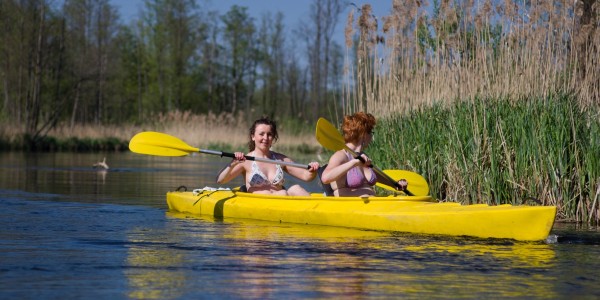
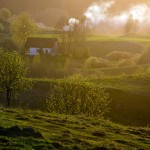




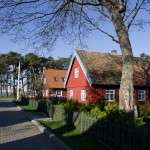

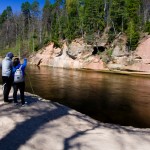





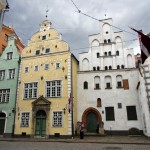


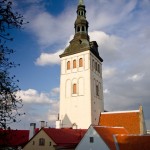



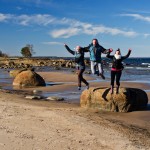
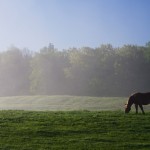
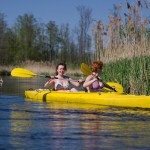





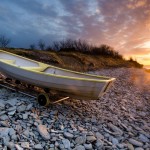


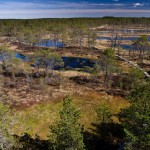
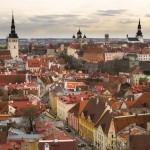

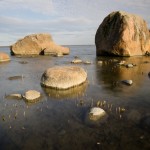
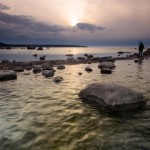




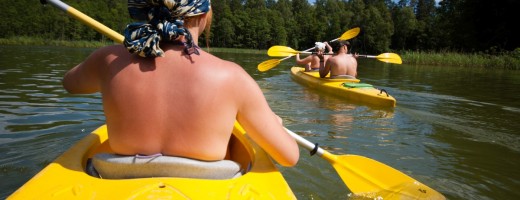
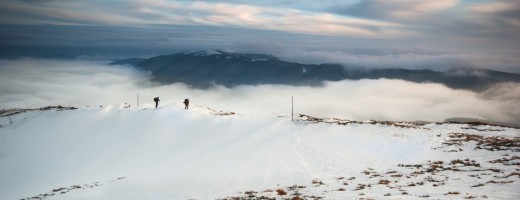

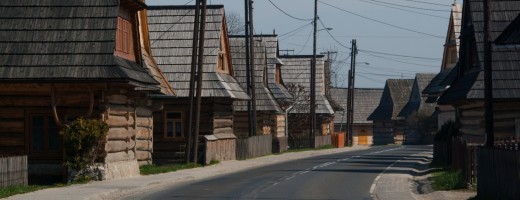
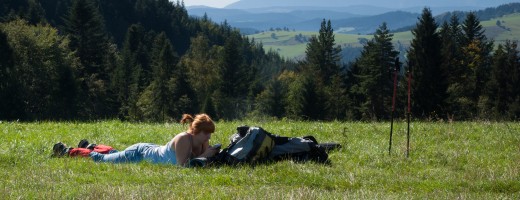
Leave a Reply